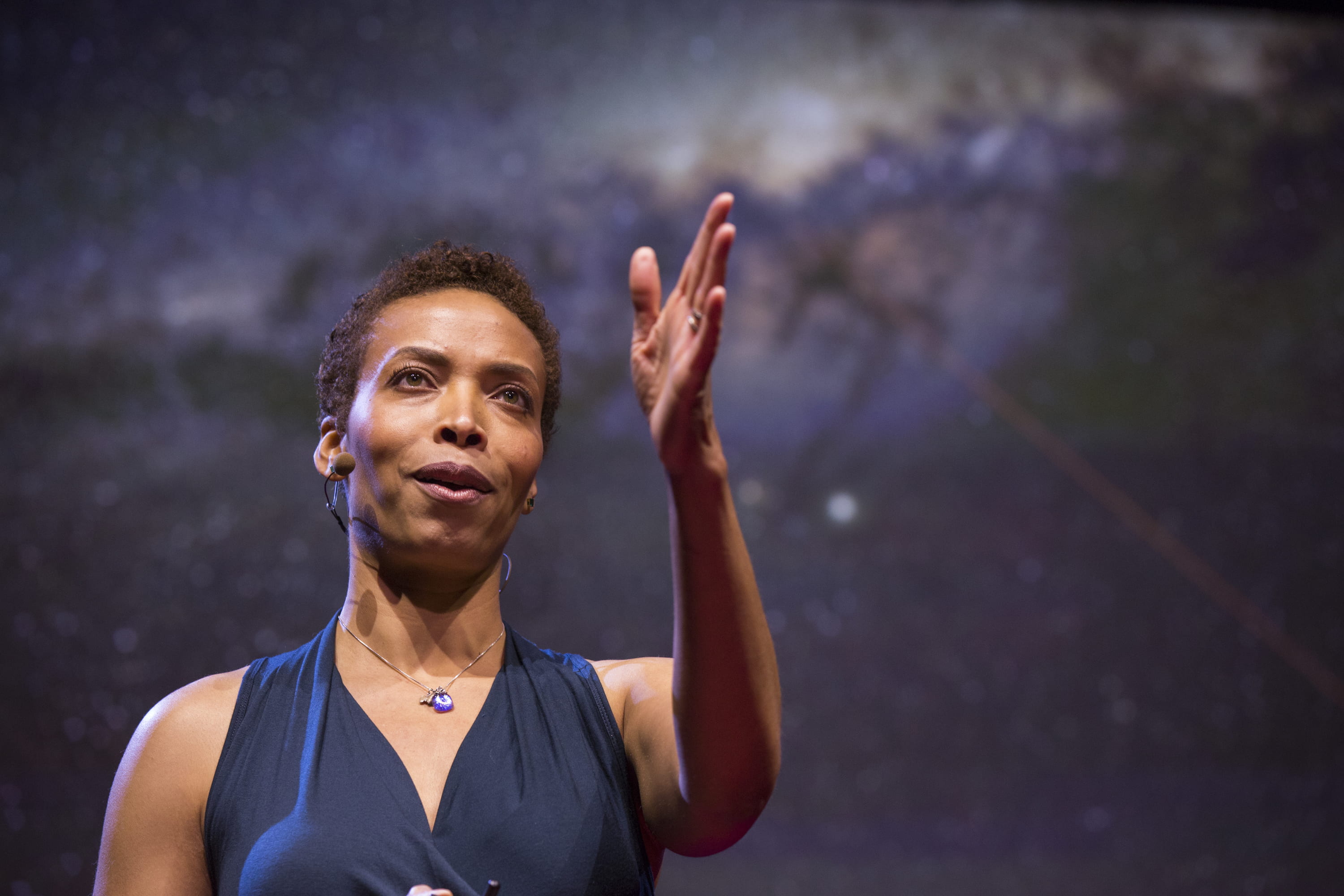UCI astronomer wins NASA Habitable Worlds grant to study surface reflectivity of exoplanets

Astronomers can learn a lot about planets outside our solar system, including whether they’re capable of supporting life, by studying their surface albedo, or reflectivity. Aomawa Shields, UCI Clare Boothe Luce Assistant Professor of Physics & Astronomy, recently won a grant from the NASA Habitable Worlds program to research this characteristic of planets orbiting relatively dim M-dwarfs, which make up about 70 percent of all the stars in our galaxy. “A multitude of factors go into how light is absorbed or reflected off planetary surfaces and how that interaction impacts climate and habitability,” said Shields, who joined UCI early this year. “My goal with this project is to develop a sophisticated treatment of surface albedo to provide a critical component for accurately modeling M-dwarf planets.” Now is an exciting time to be in the exoplanet research field, she noted, as a number of powerful observatories – including the James Webb Space Telescope, the Transiting Exoplanet Survey Satellite and several large ground-based telescopes – are set to be deployed. Data from these new instruments will help determine what lies in the atmospheres, and perhaps on the surfaces, of these planets, whether it’s water, ice, salt or land. “While we examine the effects on climate and habitability of the albedos of these various surface types, we will also be incorporating data on the composition and absorption properties of the atmospheres of the exoplanets being discovered by these telescopes,” Shields said. “These are all factors that can play into whether or not a planet can support life.”